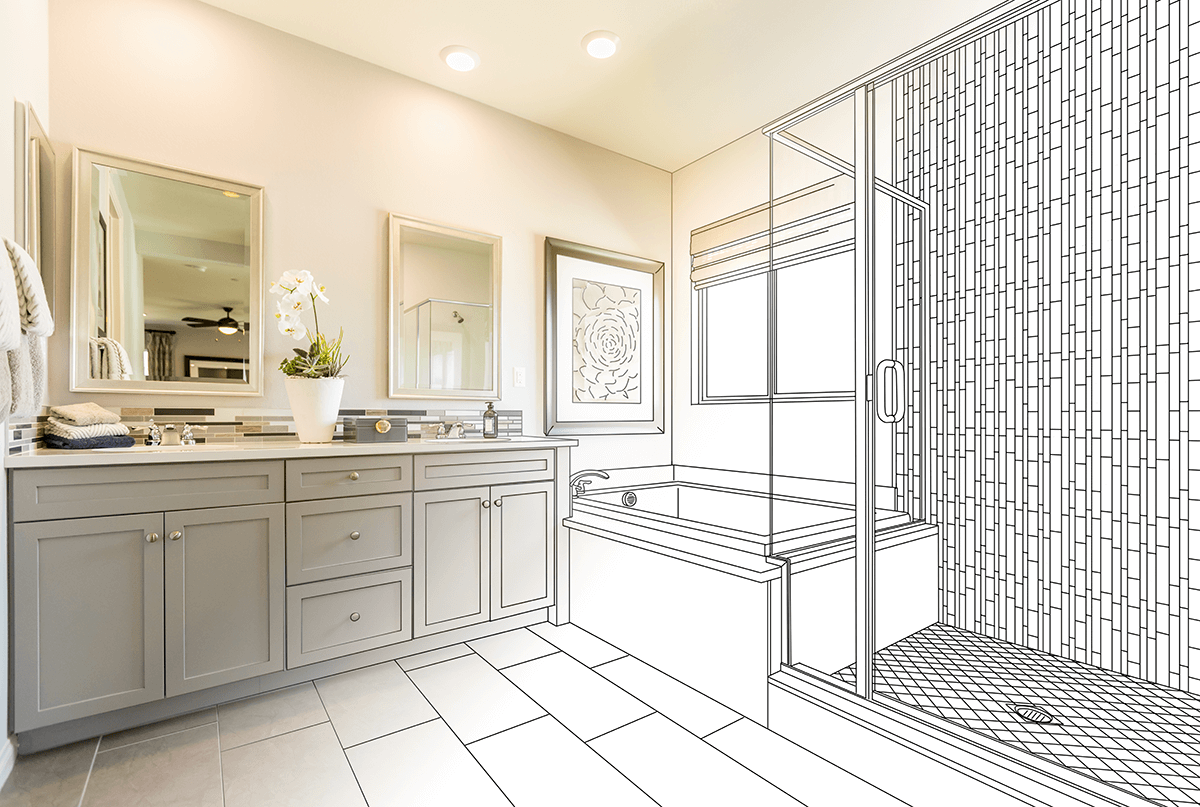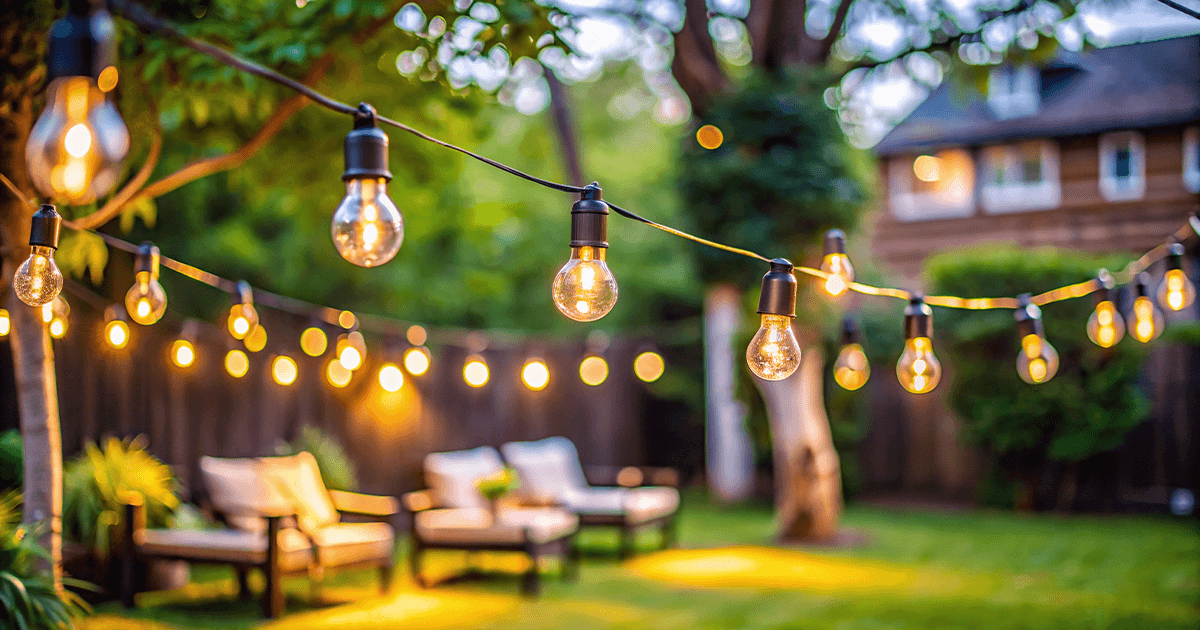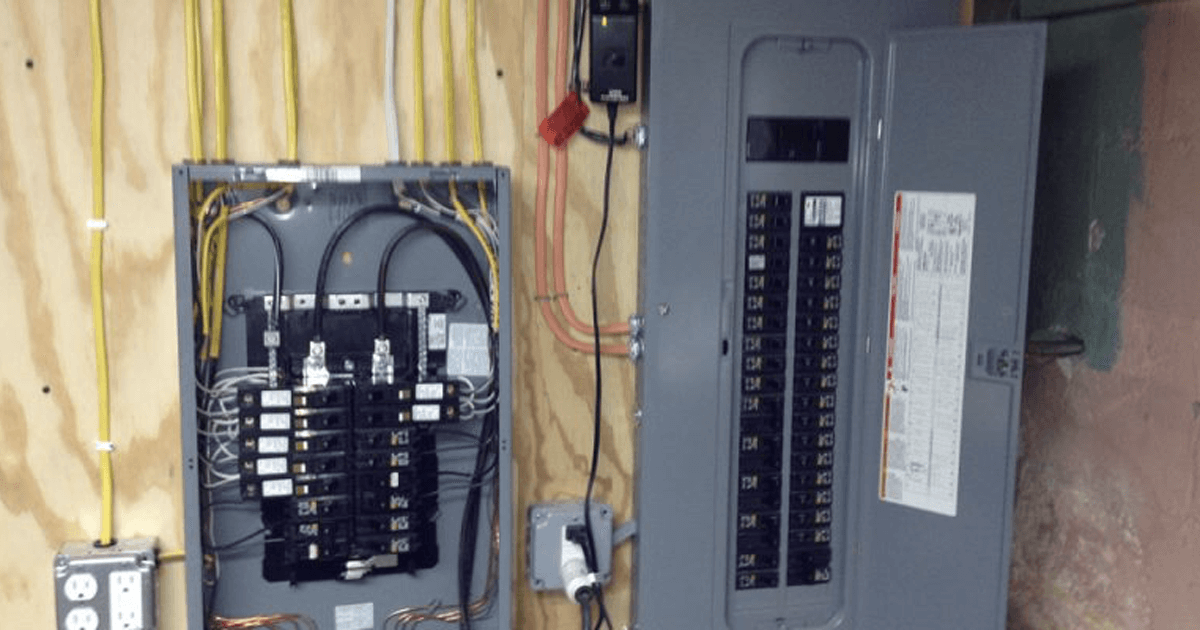When designing a renovation project for your home or business, one of the most critical decisions you’ll face is choosing the right lighting. There are several options available, including incandescent, HID, LED, task lighting, floodlights, under cabinet lighting, accent lighting, and the traditional fluorescent lighting. Regardless of the type of fixture you choose, LED bulbs stand out as the superior choice due to their low energy consumption, long lifespan, and versatility for various applications. LED lights are available in a wide range of shapes and sizes, from standard screw-in lamps (A-19) to fluorescent tubes and even 400-watt equivalents for outdoor use.
One highly recommended lighting choice for residential applications, as suggested by most interior designers, is pot lights. Pot lights come in two main styles: renovator style, designed for existing drywalled ceilings, and new construction style, which are installed before drywalling. If you’re installing pot lights in an insulated attic area before drywalling, most inspectors now require vapor barriers to be installed.
Pot lights also vary in size, ranging from 3″ to 6″, with a variety of trims available to achieve the desired look and function of the light. Additionally, pot lights are classified as IC rated or NON-IC rated. IC stands for “insulation contact.” When installing renovator-style pot lights in an existing drywall ceiling, use IC-rated fixtures. This ensures that you can install the pot lights directly against pink or blown-in insulation or flammable structures without concern for overheating caused by the bulb. While LED lamps do not produce intense heat like halogen bulbs, it’s essential to always follow the rating of the fixture, not just the size or type of bulb you’re installing.

Another lighting option is LED light discs. These are thin, circular discs with LED lamps inside. Light discs can be purchased as a retrofit style to be installed inside an existing pot light. They are chosen based on the size of the pot light and are secured inside using springs and clips. As the size of the light disc increases, so does the light intensity.
Alternatively, some LED light discs can be mounted without the need for pot lights. You drill a hole of a specific size in the ceiling drywall, and the LED discs have spring holders that attach directly onto the drywall.
When selecting lighting for your renovation project, LED options offer unparalleled benefits such as energy efficiency, longevity, and versatility. Whether you opt for pot lights, LED light discs, or other types of fixtures, it’s crucial to consider factors like installation requirements, size, and light intensity to achieve the desired ambiance and functionality. LED lighting not only enhances the aesthetic appeal of your space but also contributes to a more sustainable and cost-effective lighting solution in the long run.





